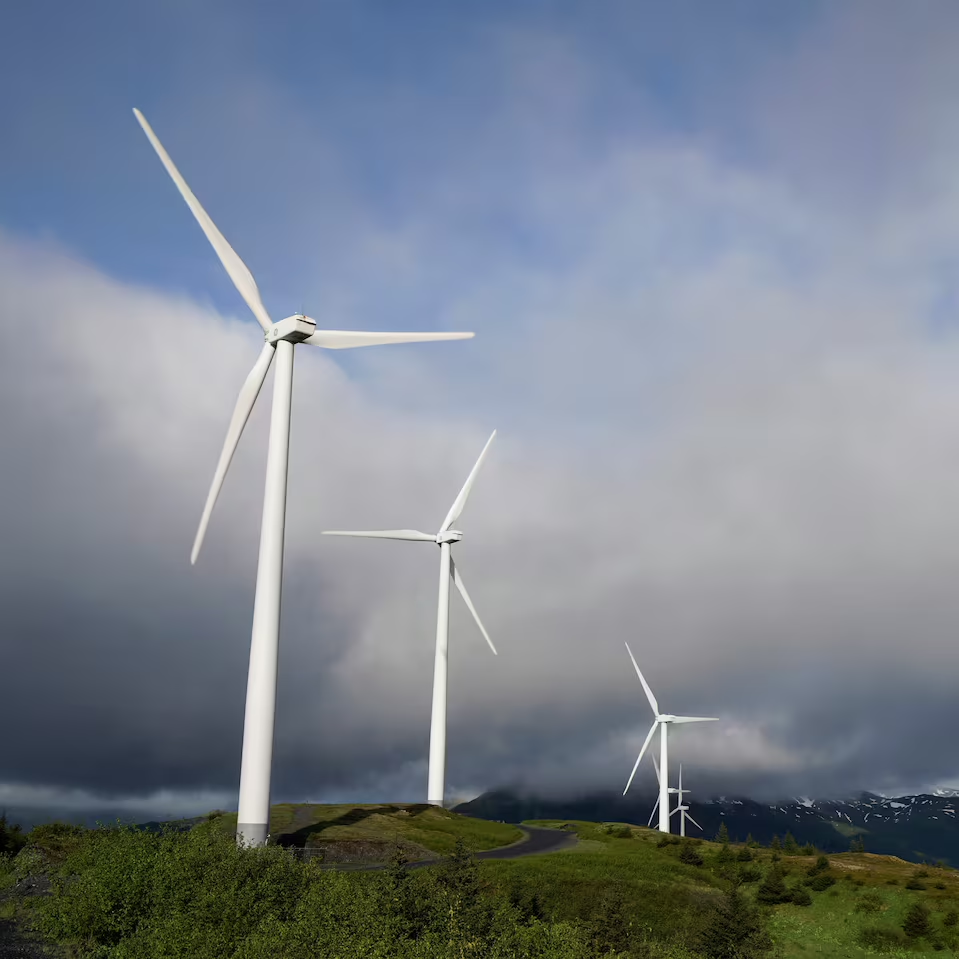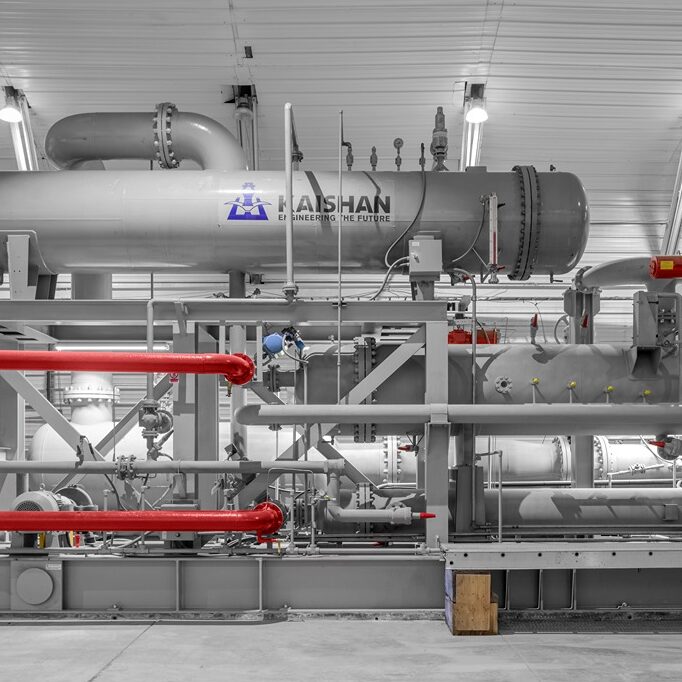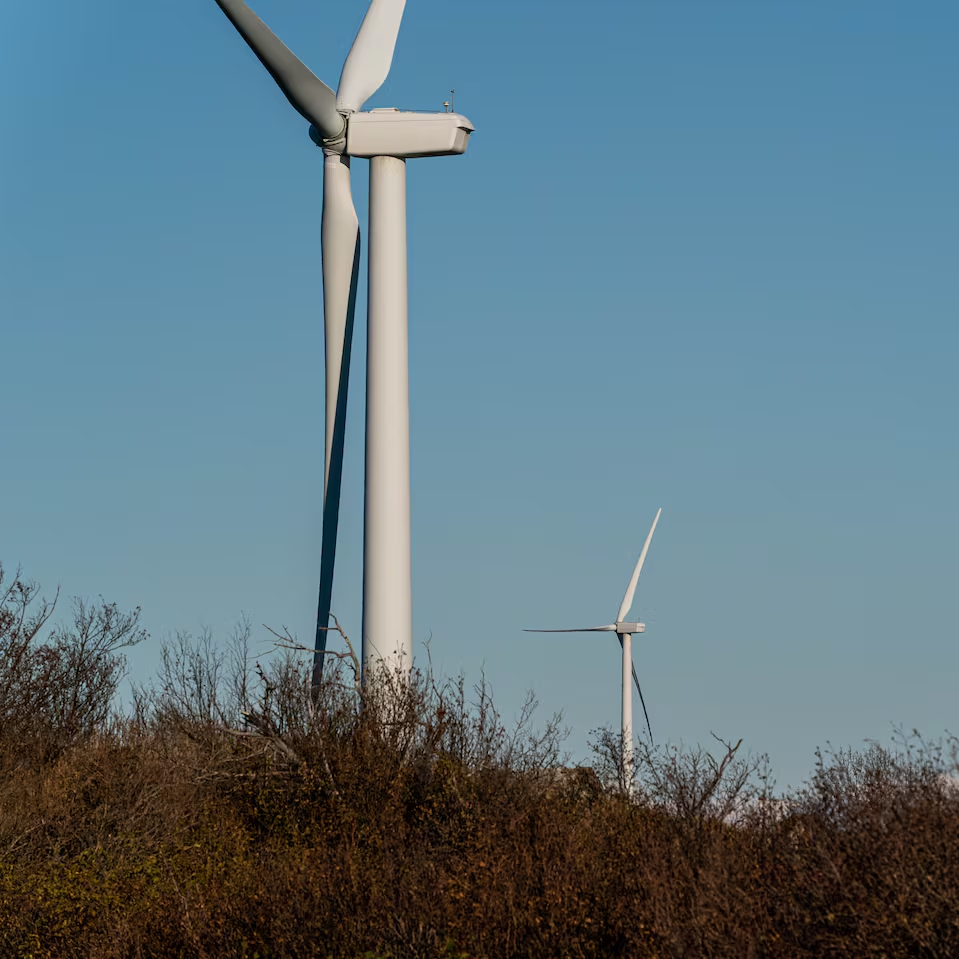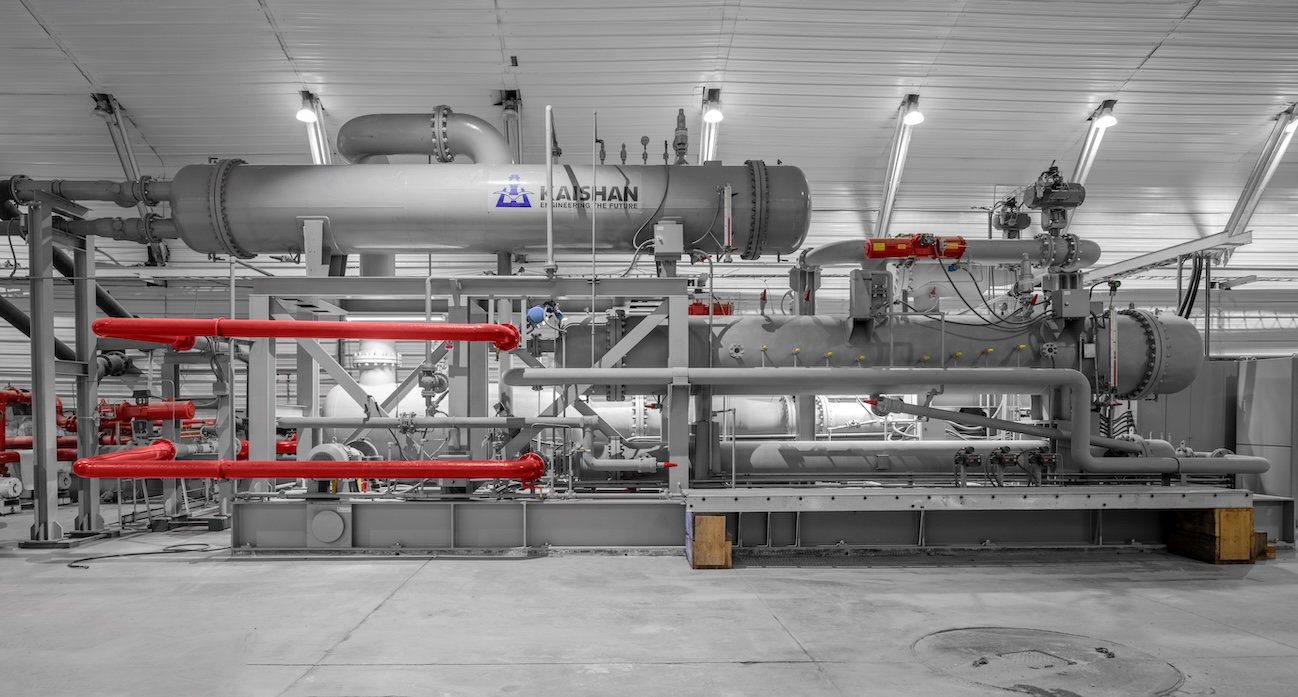
Photo credit: Chena Hot Springs Resort.
The Pacific Rim is one of the world’s most promising prospective places for expanding geothermal power development, with advantages for local energy security, emissions reduction, and U.S. geoeconomic position. Alaska can anchor this new geoeconomic energy vector. America’s largest and westernmost state features strategically located ports, cities, and current (and likely future) military facilities that often sit atop or near areas of high geothermal potential.
From “Alaska Geothermal Power Can Fuel U.S. Indo-Pacific Strategy” by Gabriel Collins, Baker Botts fellow in energy and environmental regulatory affairs at Rice University’s Baker Institute for Public Policy. Foreign Policy Magazine
****************************
Recent advances in technology and new ideas are spawning optimism among geothermal innovators in and beyond Alaska, where there is massive geothermal potential, with 97 known thermal springs and “Ring of Fire” volcanoes.
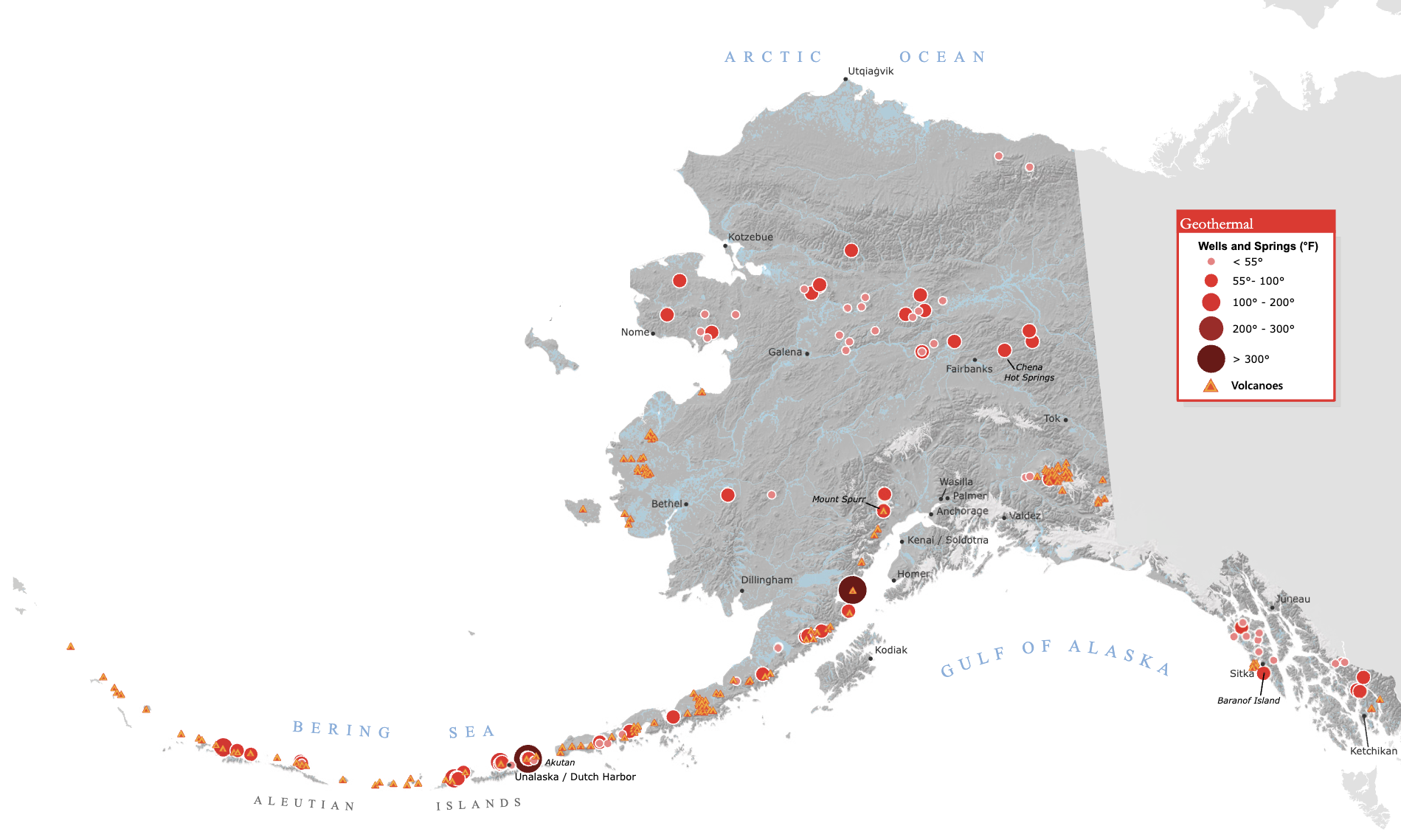
A map of geothermal sites in Alaska. Image courtesy of Renewable Energy Alaska Project.
In February, an Alaska startup won federal pre-approval to explore development of Alaska’s geothermal resources to support the military. Alaska-based Power Planet, Inc., is one of 11 companies nationwide selected under a U.S. Air Force initiative to increase national security through development of utility-scale geothermal projects at Department of Defense installations.
The military’s interest underscores growing interest in geothermal energy, which uses the earth’s heat to generate electricity.
Project InnerSpace, a nonprofit focused on expanding the use of geothermal energy globally, sees Alaska as an ideal place for geothermal innovation and development. Vice President Drew Nelson explained: “Few states have that combination of geothermal potential and oil and gas know-how like Alaska does. And in rural-remote communities in Alaska that are flying in diesel fuel, you could use geothermal to provide heat with a fraction of the diesel. It becomes an issue of self-sufficiency and sustainability.”
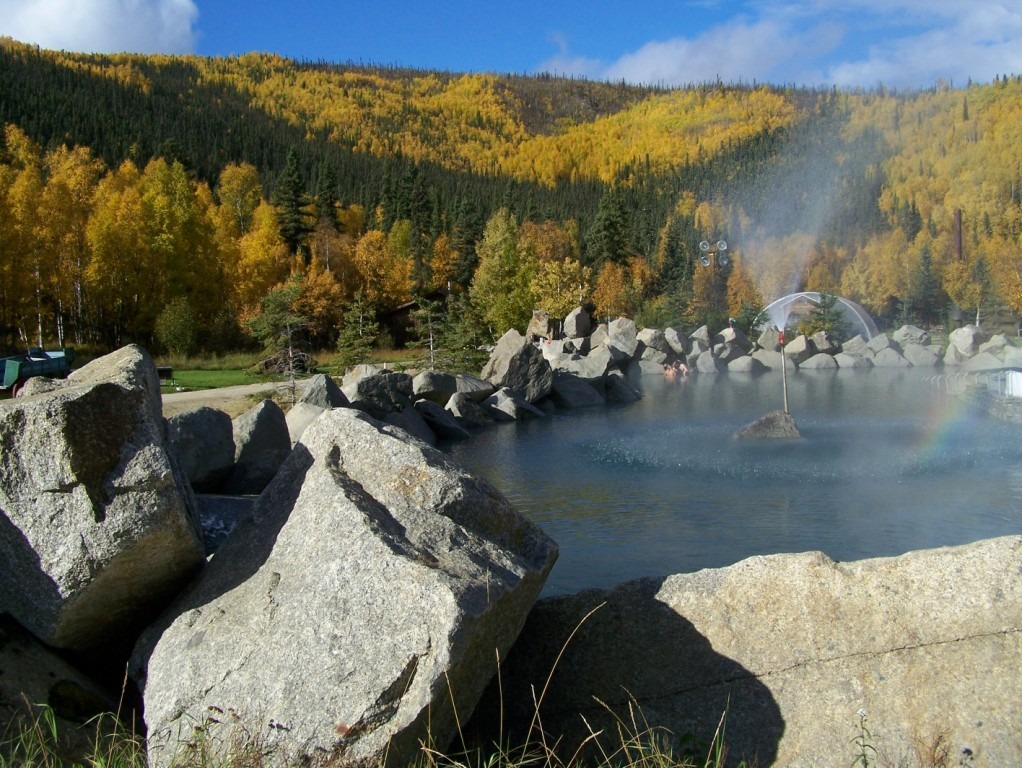
Alaska’s first geothermal plant provides heat and power to the facilities at Chena Hot Springs. Photo credit: Chena Hot Springs Resort.
But there are challenges to scaling up geothermal, including long distances from the best resources to Alaska’s population centers and inherent technological challenges of drilling for energy. One of only eight states that generates electricity from geothermal energy, Alaska’s first geothermal power plant was developed in 2006 at Chena Hot Springs Resort outside Fairbanks. The plant provides heat and power to the resort’s facilities, incåluding swimming pools, greenhouses, and a year-round outdoor ice museum.
“Geothermal checks all the boxes,” says Nelson. “It’s clean, it’s always on, it’s got a small surface footprint, and we’re not reliant for the most part on supply chains that are out of our control.”

Vegetables from the resort’s geothermal-powered greenhouse. Photo credit: Chena Hot Springs Resort.
Power Planet, which won military pre-approval, is looking to develop what its founders call “Geothermal 2.0,” drilling far deeper than conventional geothermal to access higher temperatures and generate more electricity. “Drilling technology has made such advancements in the last 20 years,” says Brij Hall-Potnis, co-founder of Power Planet. “The earth is hot – you only have to drill deep enough to get to really hot temperatures.”
Hall-Potnis and co-founder and CEO Keith Elliott are oil and gas industry veterans who decided to translate their expertise to geothermal development. “One hundred percent of the skills I gained over two decades in oil and gas are now what is needed to develop geothermal,” Hall-Potnis says. “Instead of extracting hydrocarbons, we extract heat.”

Power Planet co-founder Brij Hall-Potnis with fellow co-founder and CEO Keith Elliott. Photo credit: Power Planet.
Another Alaska-based startup called GeoAlaska is focused on generating energy from a traditional shallow geothermal system. The company has leases on Mt. Augustine, a 4,000-foot volcanic cone that forms its own island in Cook Inlet in Southcentral Alaska. In a presentation to Alaska legislators in May, GeoAlaska board member Anthony Pennino said that with a shallow magma pool 5,000 feet below the surface, Mt. Augustine has one of the shallowest and most accessible magma chambers on the planet. “It’s very attractive from a traditional geothermal perspective.”
Also attractive is its relative proximity to the Railbelt grid, with a potential tie-in 62 miles from Mt. Augustine. With the addition of a subsea cable, Pennino says, Mt. Augustine geothermal could provide low-carbon energy to meet the baseload need on the Railbelt grid, the electric grid that serves 70 percent of Alaska’s population. Excess power could potentially supply data centers or other new industries, or be converted to green fuels.
“The value of geothermal [for] helping potential commercial customers reach net-zero [carbon] goals is very attractive,” Pennino said, adding that Anchorage International Airport is the fourth-busiest cargo airport in the world and currently imports most of its jet fuel from Asia. “There’s a huge market right in our backyard for this electricity.”
Like Power Planet, GeoAlaska is working to commercialize technologies with potential for global impact.
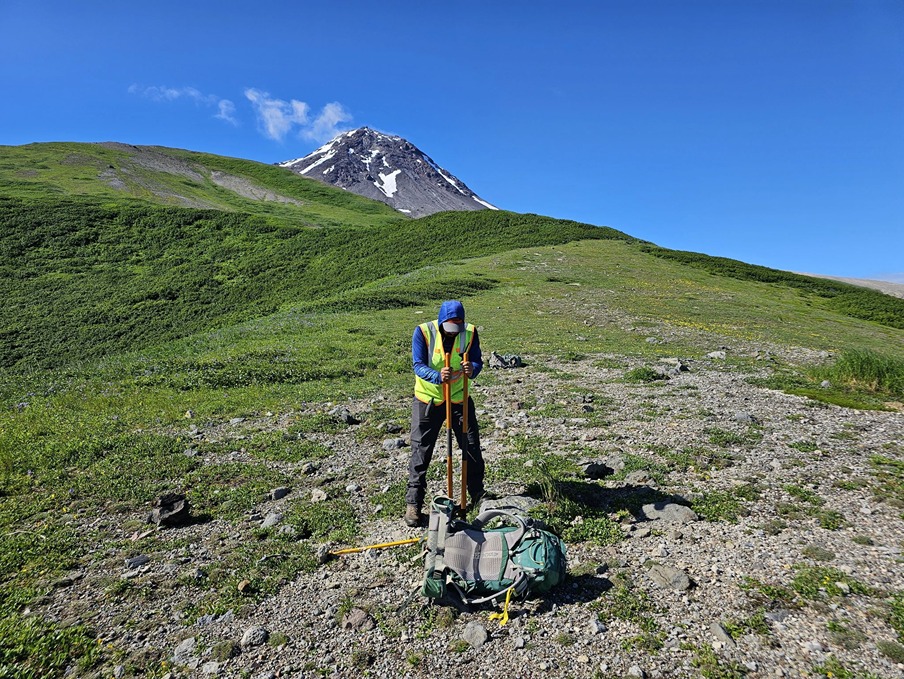
Survey work conducted at Mr. Augustine. Photo credit: GeoAlaska.
“If you could tap close to the [shallow magma] reservoir, you would get 10 times the power you get out of a traditional rock reservoir,” Pennino said. “This could be a reproducible technology that could be a benefit not just to residents of Alaska but from a global perspective.”
The State of Alaska recently established a geothermal program and hired longtime expert John Eichelberger to lead it. “Alaska has enormous resources that are very promising,” Eichelberger says. “We’ve got to bring in outside capital and resources. Instead of building nuclear reactors in Wyoming, Bill Gates would be a lot better off tapping magma in Alaska.”
****************************
This story was written and produced by New Energy Alaska.
Photos provided by Chena Hot Springs Resort, Power Planet, and GeoAlaska.
July 2025
